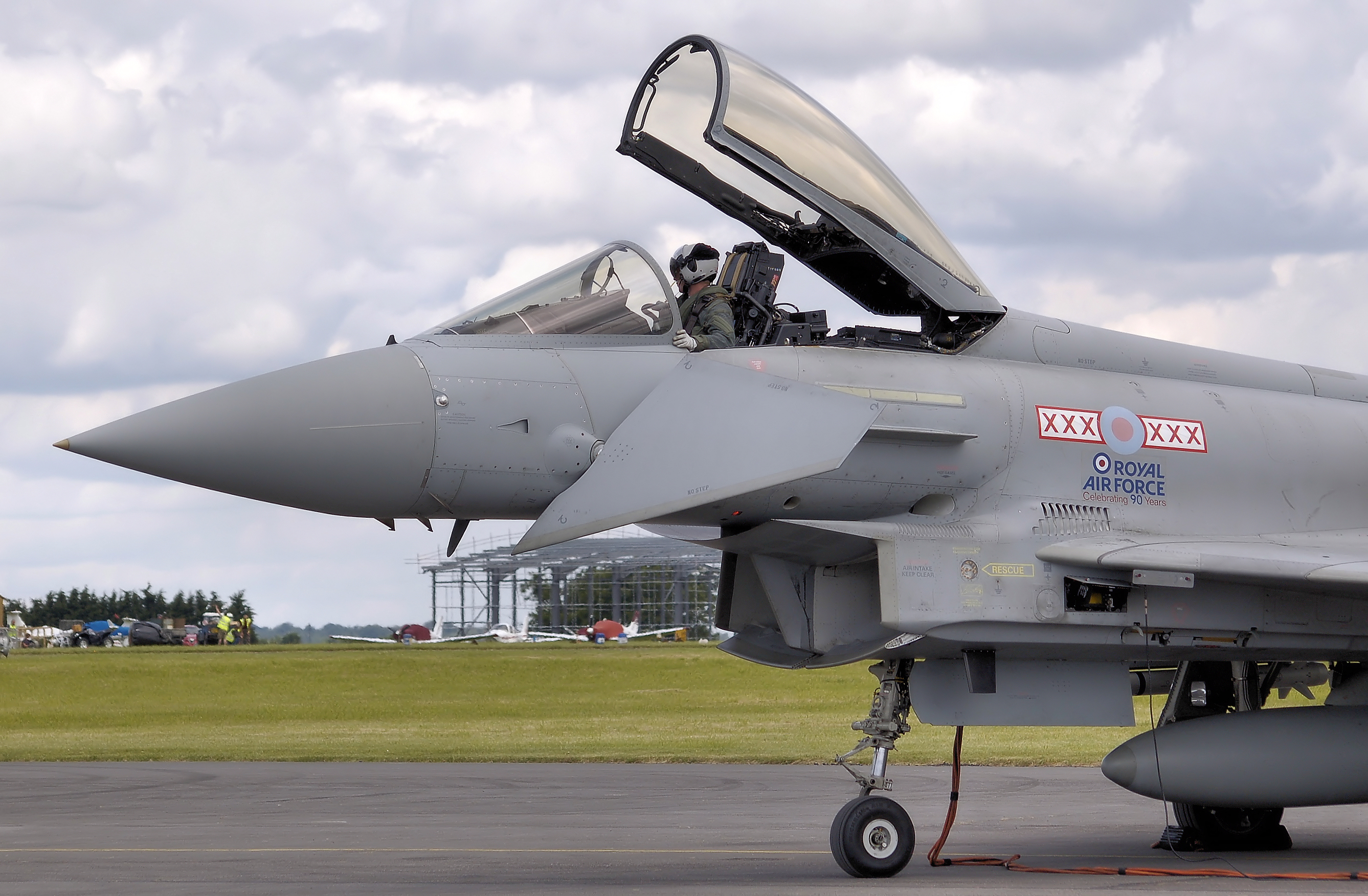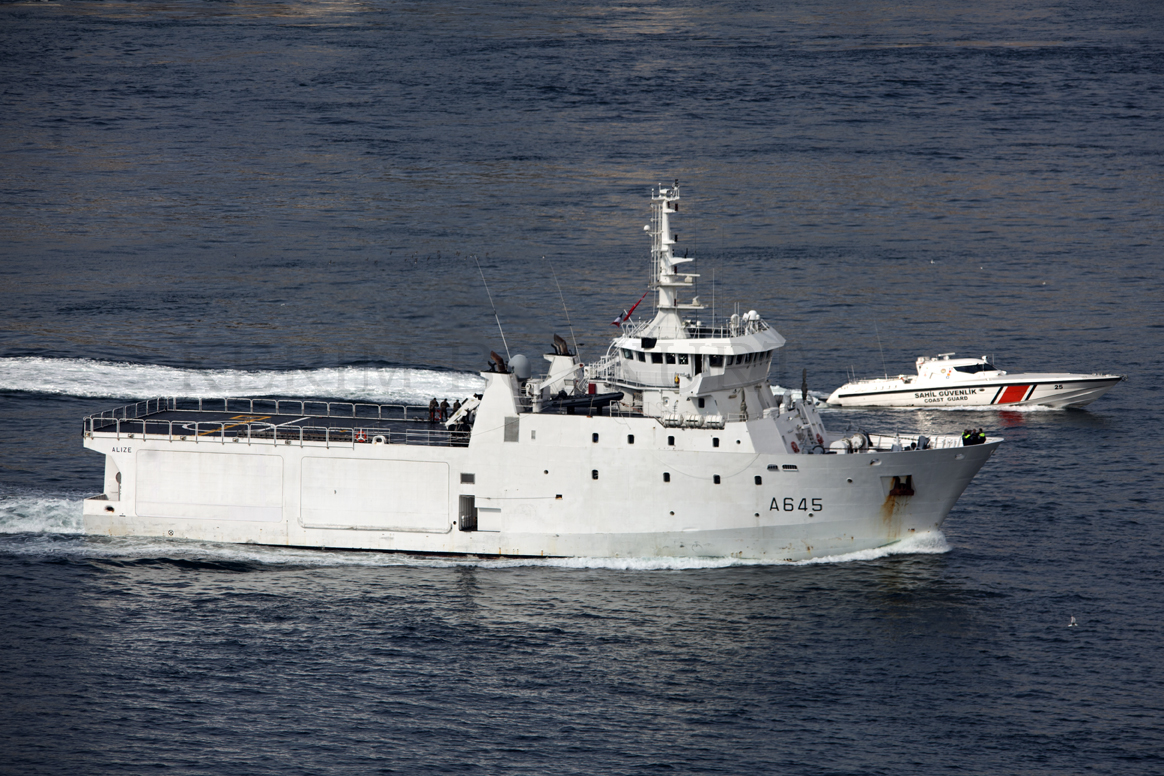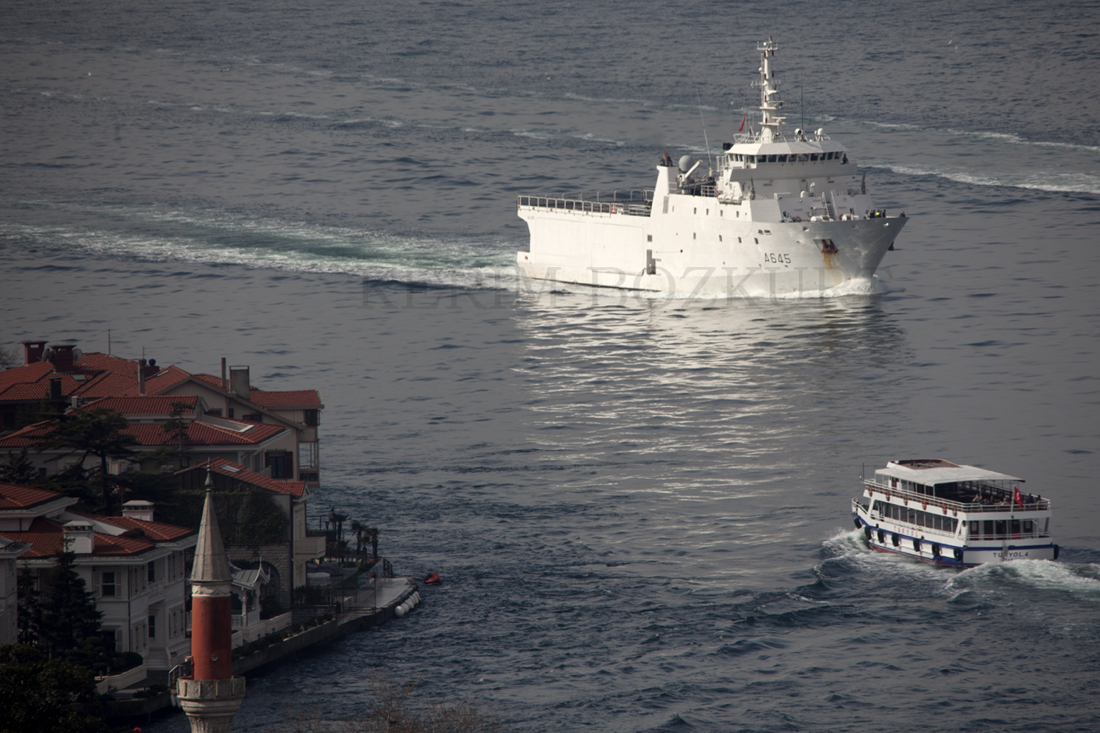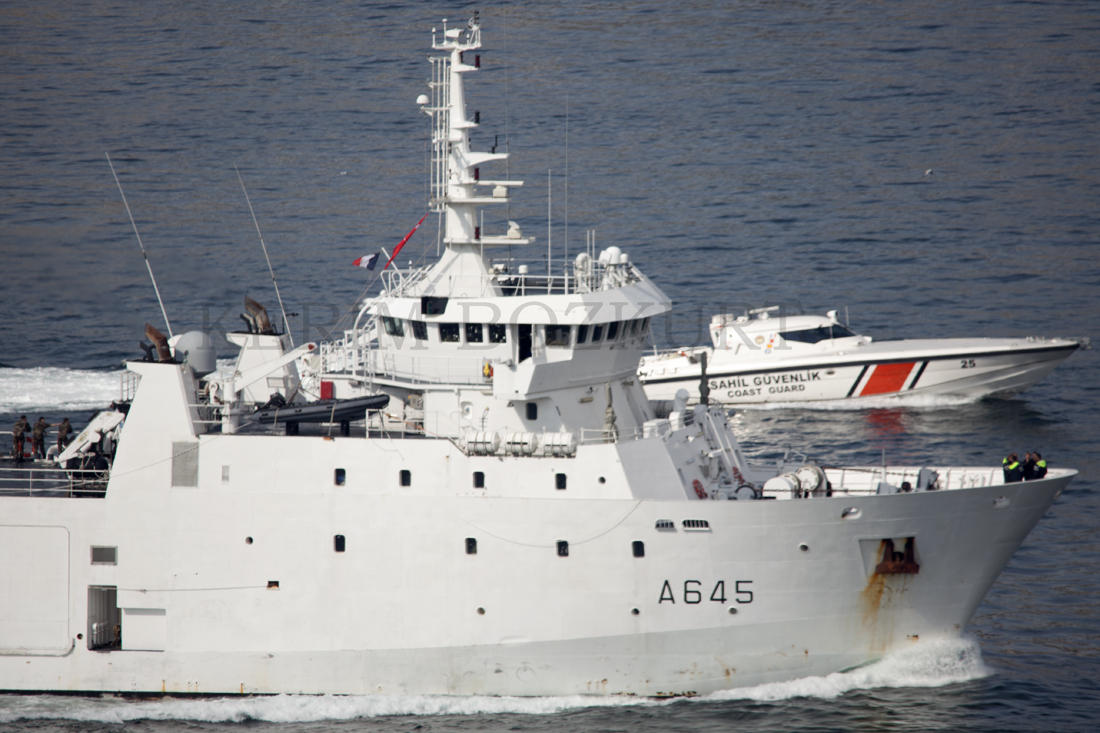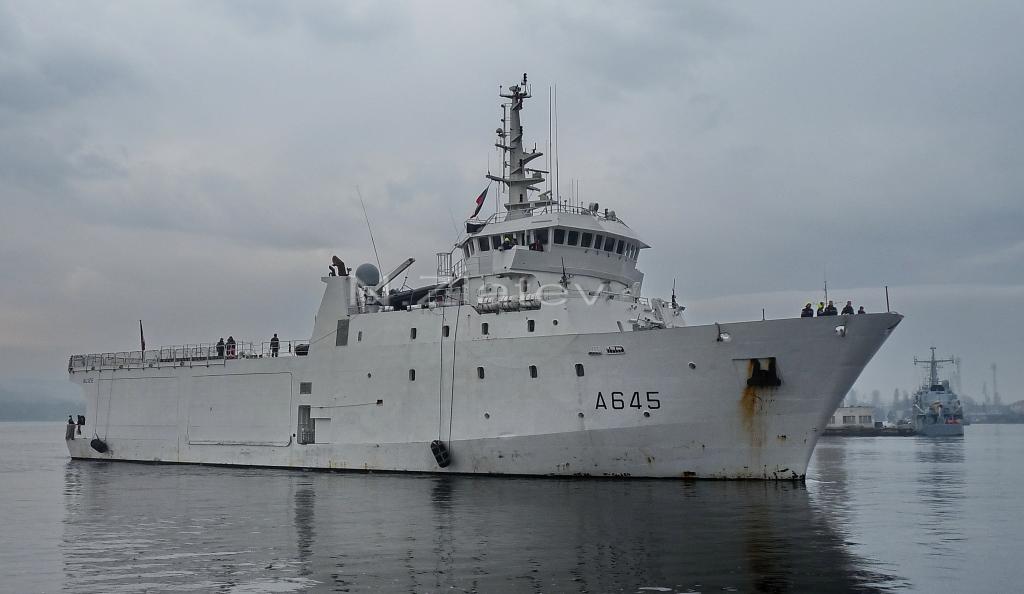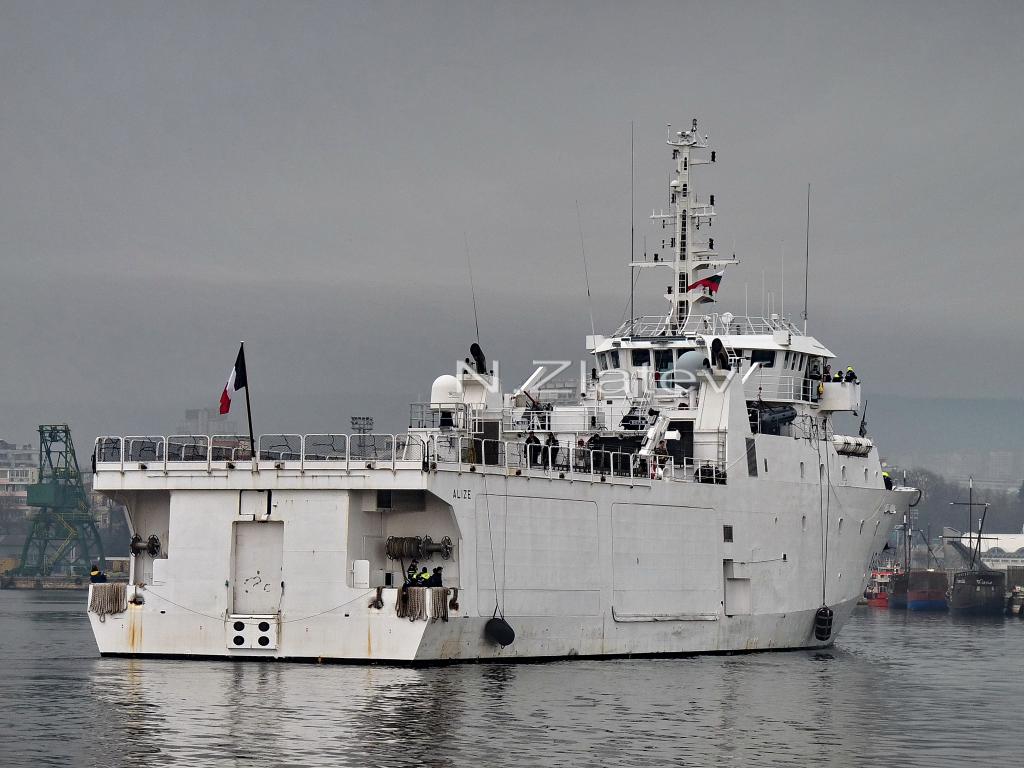 |
| The Sierra Madre |
Restocking supplies while Chinese Coast Guard Ship watches
http://www.wantchinatimes.com/news-subclass-cnt.aspx?id=20140401000062&cid=1101&MainCatID=0
After successfully providing supplies to its marines on board the Sierra Madre, a World War II-era tank landing ship beached near the Second Thomas Shoal (Ren'ai Reef or Ayungin Shoal), one of the disputed Spratly Islands, sailors of the Philippine Navy gave the victory sign to Chinese coast guard vessels, according to Taiwan's Central News Agency.
When the Philippine fishing boat carrying foods and fresh troops for marines on board the Sierra Madre, reporters from Reuters, Agence France-Presse, Associated Press and other international media outlets were invited on board another vessel to cover the event. An AFP report said four Chinese coast guard vessels were ordered to intercept the approaching Philippine fishing boat on Mar. 29. Previously, on Mar. 9, two Philippine supply vessels had been driven away by the Chinese vessels surrounding the disputed waters.
The Chinese government has said that the Sierra Madre was grounded intentionally by the Philippine government near the disputed reef in 1999 to solidify its claim of sovereignty over the Second Thomas Shoal. Reuters reported that about eight marines had been stationed aboard the beached ship for three months in harsh conditions. Due to the Chinese blockade, the Philippine government had to mobilize aircraft to drop supplies to the marines on board the Sierra Madre.
"If we didn't change direction, if we didn't change course, then we would have collided with them," said Ferdinand Gato, captain of the Philippine fishing boat, after his boat had anchored on the Second Thomas Shoal to supply the isolated marines. Reuters said that the Philippine vessel was spotted by the Chinese coast guard vessel about an hour away from the Second Thomas Shoal. A warning message was then sent to the Philippine boat by the Chinese.
"We order you to stop immediately, stop all illegal activities and leave," said the radio message in English from the Chinese vessel, despite which Gato continued his mission. At the same time, Philippine troops wearing civilian clothing, along with journalists, then flashed the victory sign — also known as the peace sign — at the Chinese coast guard according to Reuters. Gato did not stop or reverse, but picked up speed and eventually maneuvered away from the Chinese after a two hours chase.
The Spratlys, the largest group of islands in the resource-rich South China Sea, is also the archipelago with the greatest number of claimants. China, Taiwan, Vietnam, the Philippines, Malaysia and Brunei claim the islands in whole or in part.















+Perry+Lim+Cheng+Yeow.jpg)





